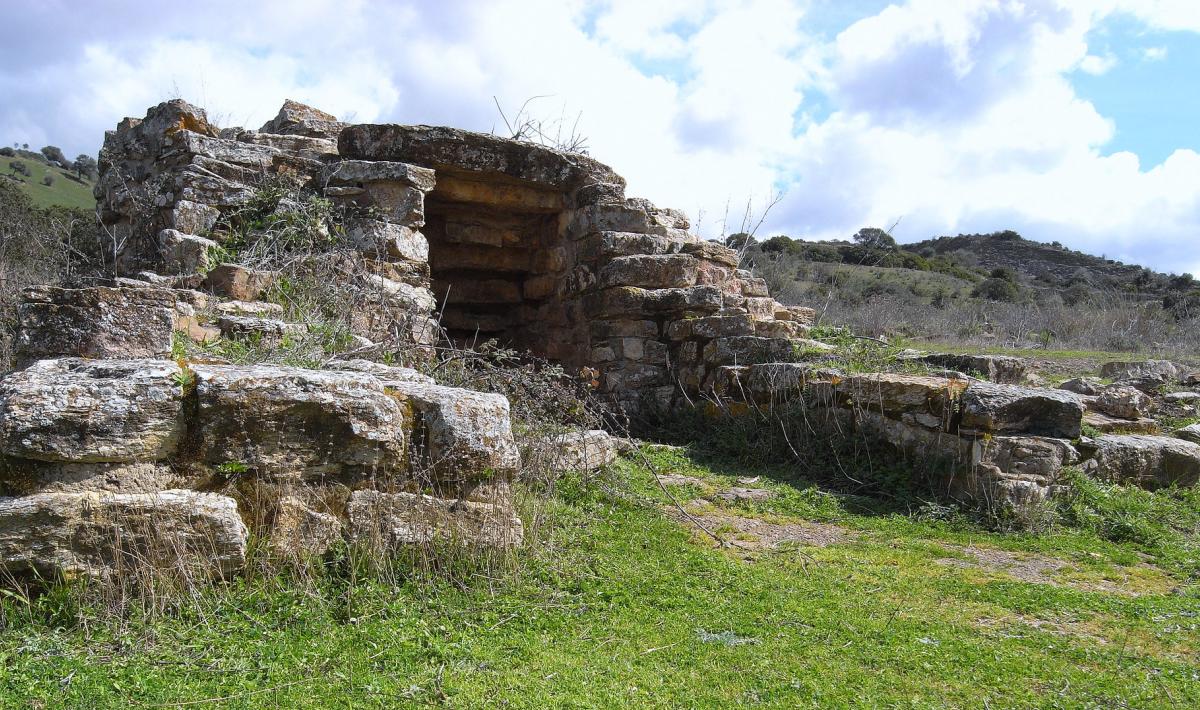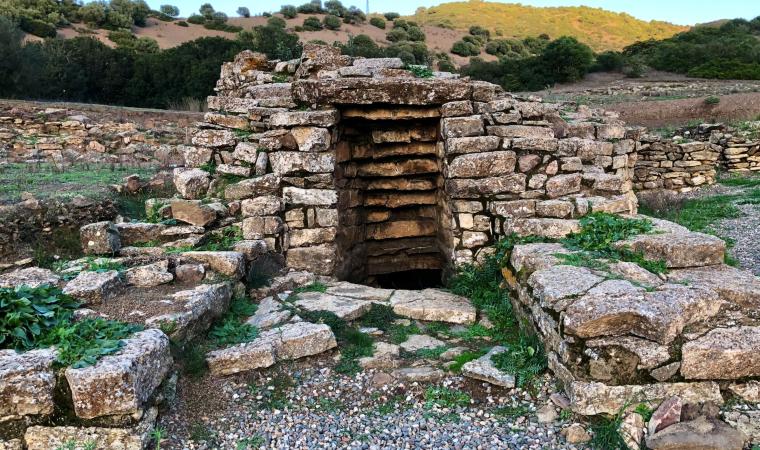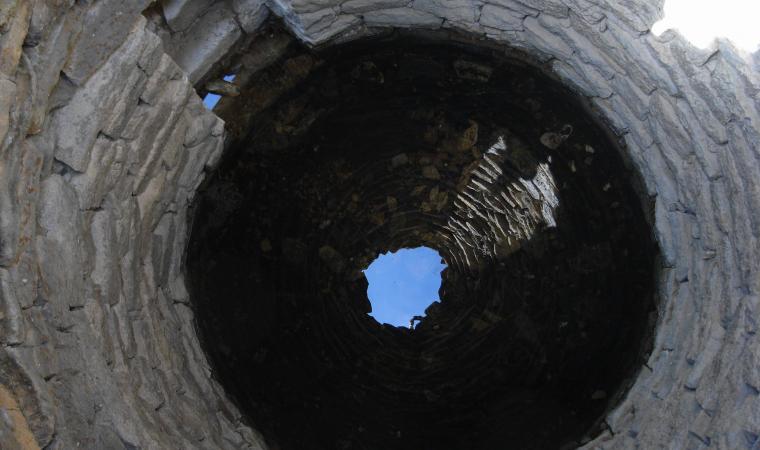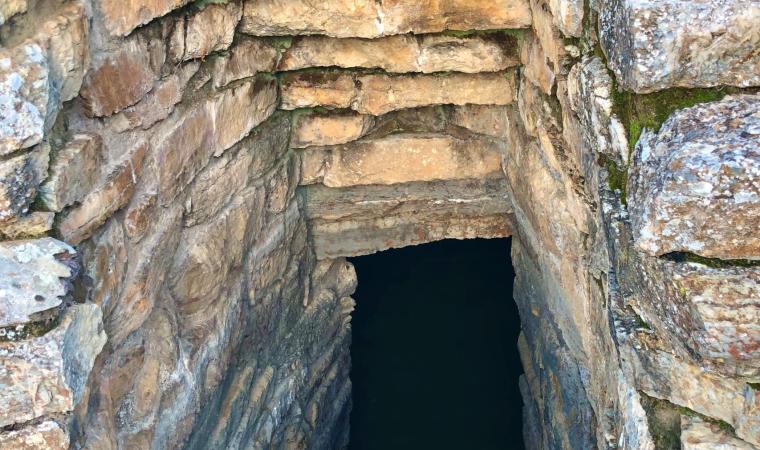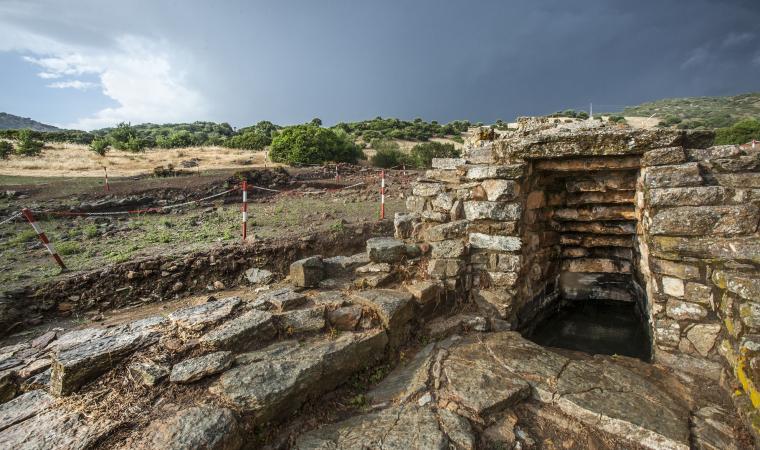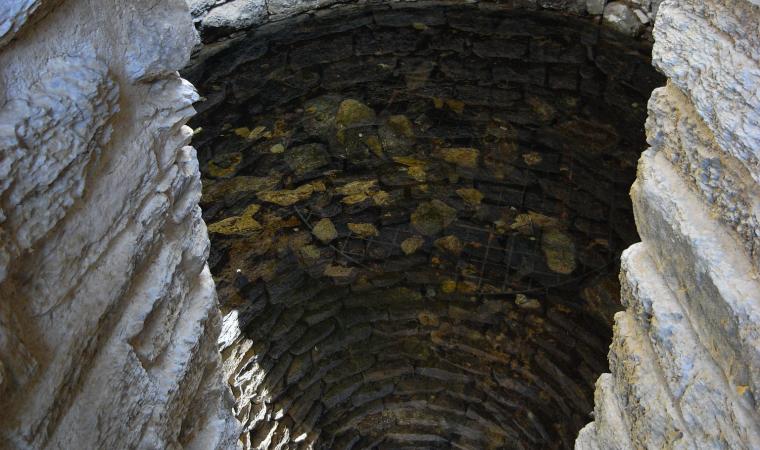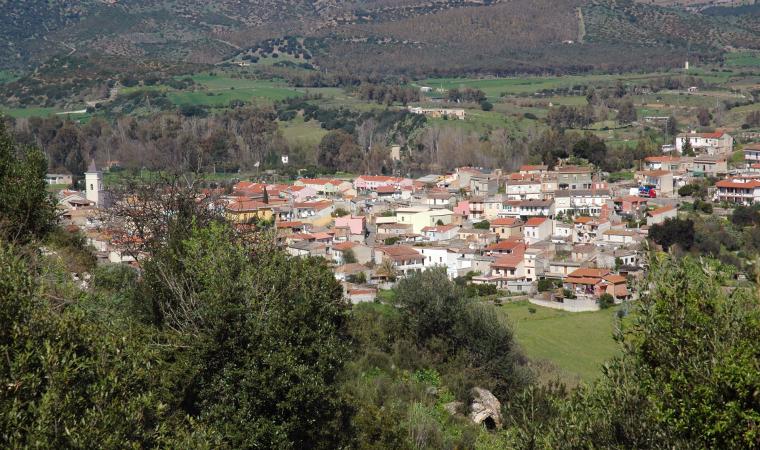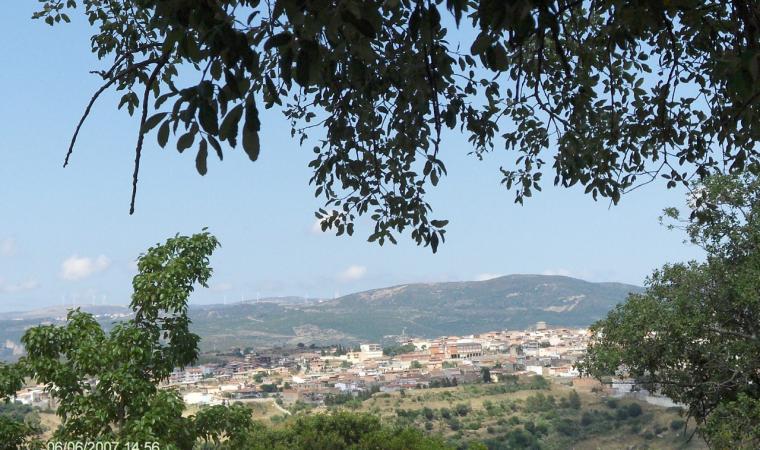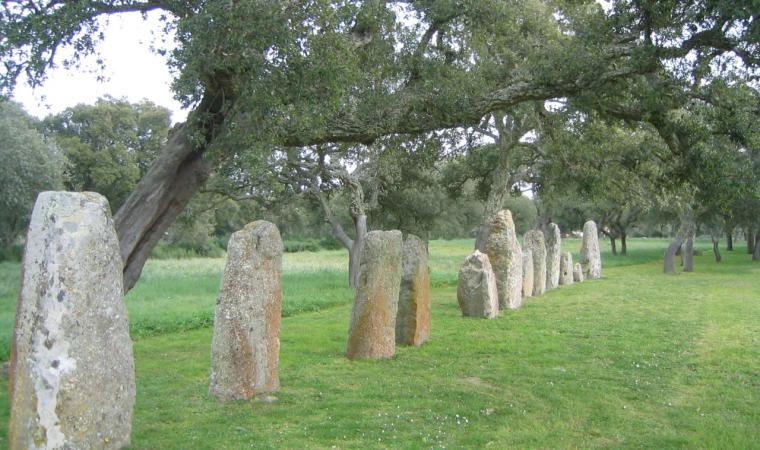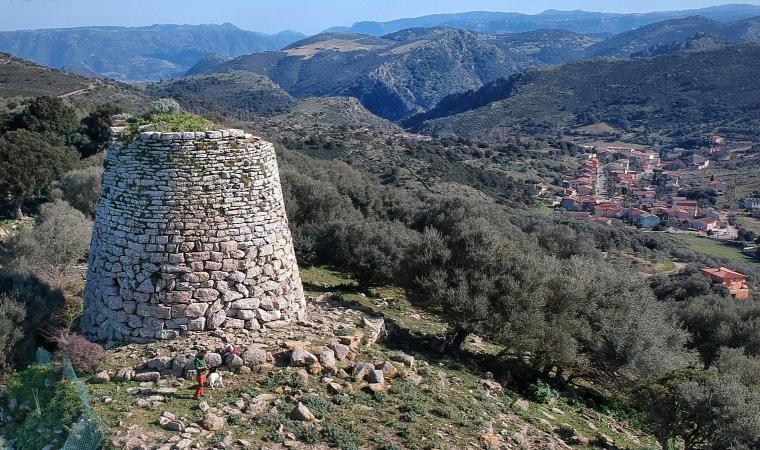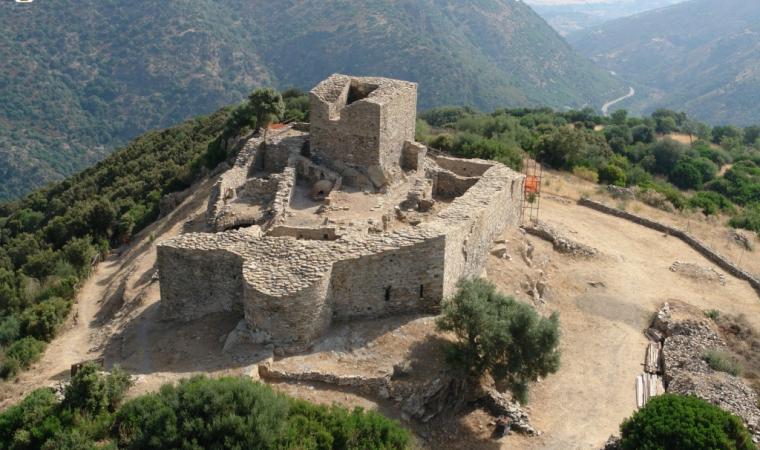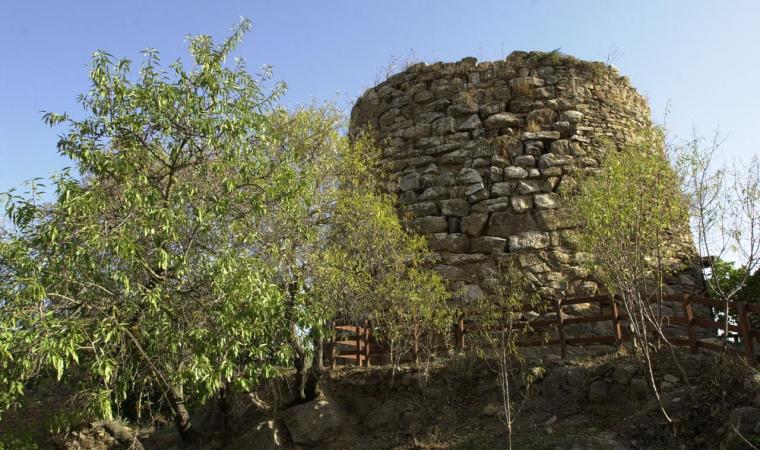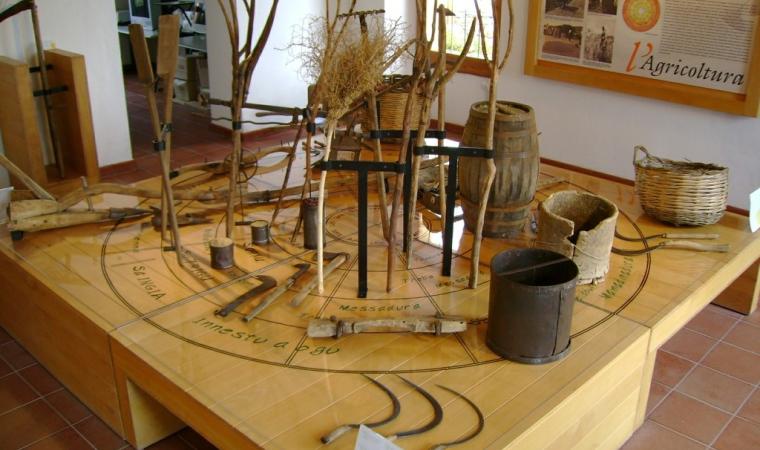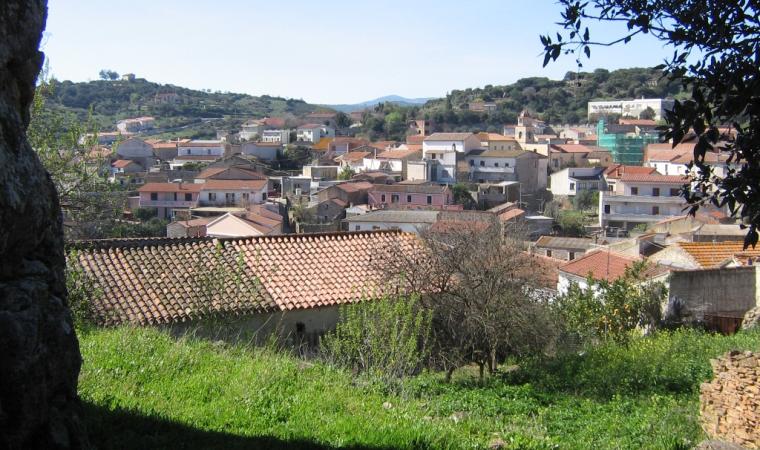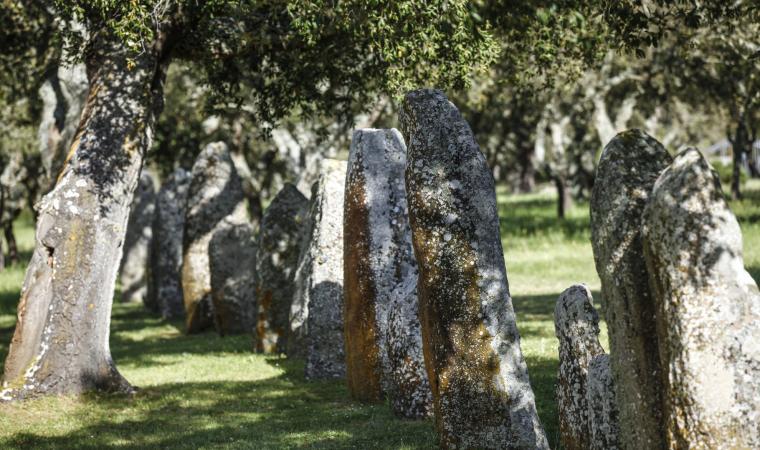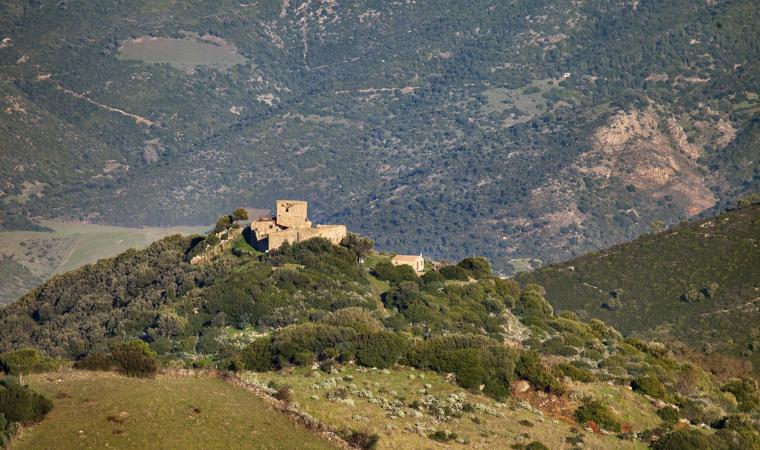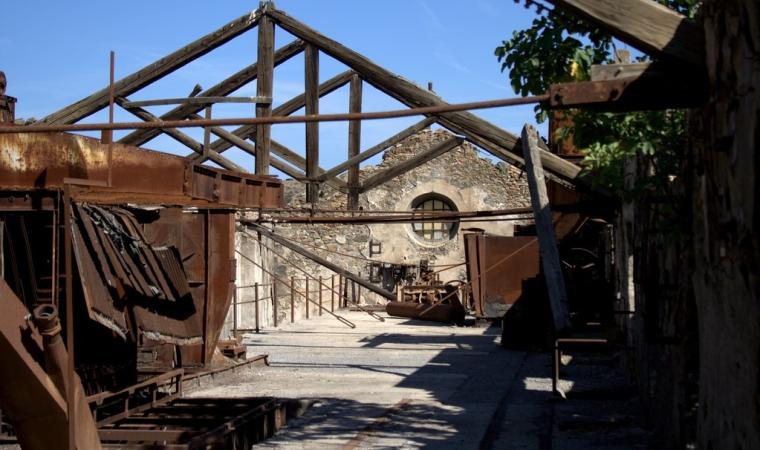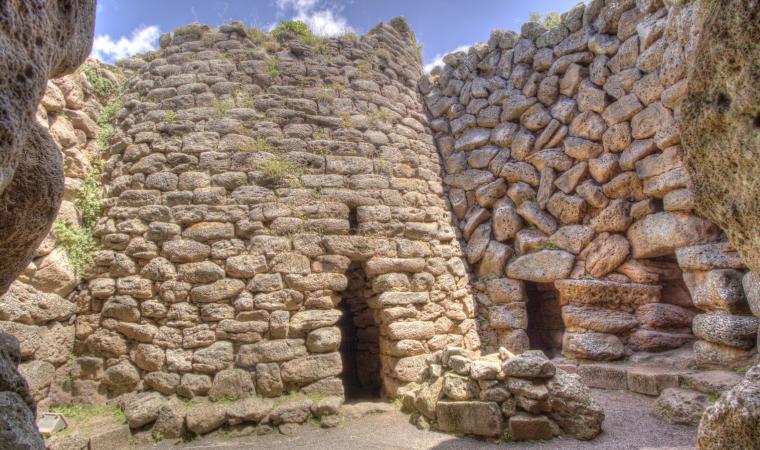One of the most celebrated, interesting and integral of the thirty-some Nuragic well-temples, where water worship was practiced, its name ‘fontana coperta’ (or covered fountain) well expresses its function and fine state of preservation. Three kilometres from Ballao, a town in the historic Gerrei region – along provincial road SP13 that goes from the town of Escalaplano - is the sacred well known as Funtana Coberta, nestled in a verdant valley floor closed in at its eastern end by a small hill.
The entire 10½ metres long building was built with freshly rough-hewn irregular limestone blocks of equal thickness, squared on the façade. The layout is unusual: two wings of different lengths give rise to an atrium whose original flooring can still be seen today. As with most sacred wells, it is divided into three parts. On the surface is a small, almost two-meter wide, open-air rectangular atrium (or vestibule), a stairway with twelve narrow steps, beautifully finished and covered by a stepped ceiling made up of twelve degrading architraves tucked into the walls to echo the line of the steps below, leads to the tholos-style room. The tholos is itself built in the shape of a small nuraghe, an almost circular 3½ metres wide subterranean room under a 5½ metres high false dome. The care with which the dome was made is remarkable. It has a drum wall where a protrusion marks the location of the stairway and the two wings of the atrium above. The slight convexity of the walls is also remarkable, it seems to beckon the faithful towards the inside of the temple. The floor is made of limestone slabs carefully laid down in a radial pattern. It is here that we find the actual water well, dug some five meters deep into the base rock and covered with 36 rows of stones, with an opening – about a meter wide - from which the spring water flows.
All that remains now of the elevated structures on the outside is the perimeter wall in the shape of a keyhole that encloses the atrium and the drum of the well. One metre from the main room, another rectilinear structure has been discovered, but not yet studied. The shape of the building is similar to that of many other sacred wells, for example the sanctuary of Santa Vittoria in Serri. Surprisingly, it bears a very close similarity to the sacred well of Garlo, a building from the 2nd millennium BC boasting almost the same structure and dimensions brought to light in 1981 in Bulgaria, ancient Thrace, 50 km from Sofia, close to the Aegean Sea. Amazingly, the two buildings differ by only a few centimetres.
The archaeological digs were begun in 1918 by Antonio Taramelli, and then restarted in 1994 (until the most recent activity in 2008), when it was possible to date the temple to between the 13th and 9th centuries BCE. Most of the finds consist of ceramic fragments from the Recent to Final Bronze Age. They are fragments of careened vases with oblique shoulders, hemispherical bowls and necked ollas. There were only a few finds of Nuragic crockery, most dating to the Roman Age. The bronze artifacts found are bits of ox hide, fragments of votive swords and small bronze pieces, such as the head of an archer, the ear of an animal and a foot with base.

